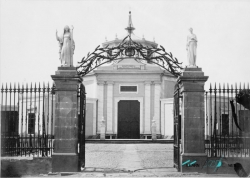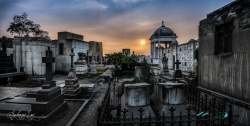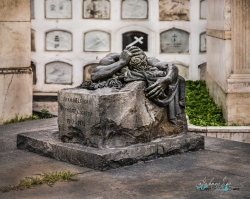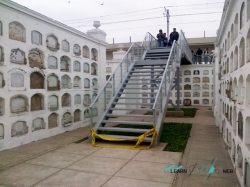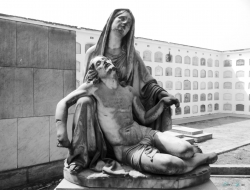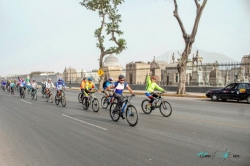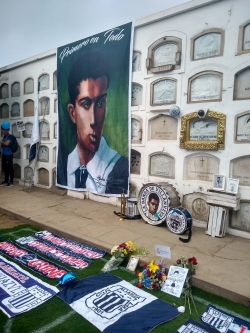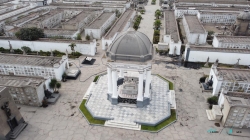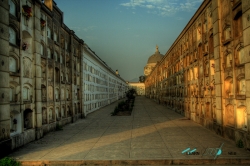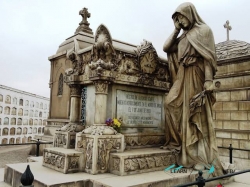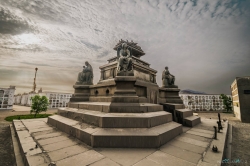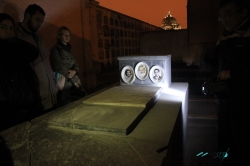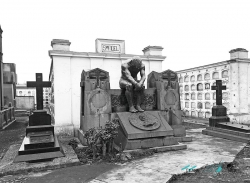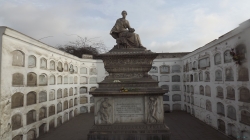Commissioned by Viceroy Fernando de Abascal and built between 1805 and 1808 on the outskirts of Lima, the Presbítero Maestro was the first municipal cemetery in Latin America. The final resting place of many important historical figures.
Over the years, aristocratic families would make it one of the most incredible outdoor sculptural art ensembles on the continent. Today, with its more than 200 years of history, it is the most important collection of 19th century European sculptures and funerary structures in Latin America, both in quality and quantity.
This cemetery contains 766 mausoleums and 92 monuments all in a neoclassic design (French and Italian design) it is also important to know the class system that is evident in this cemetery, the most distinguished people were buried it large, extravagant tombs/crypts, those who were not super rich yet had money were buried in what is called “Los nichos” these large rectangular structures in which people are buried within spaces and finally the common people were buried in ossuaries which is sort of like a common ground for burial especially if space is scarce.
Over the years, aristocratic families would make it one of the most incredible outdoor sculptural art ensembles on the continent. Today, with its more than 200 years of history, it is the most important collection of 19th century European sculptures and funerary structures in Latin America, both in quality and quantity.
This cemetery contains 766 mausoleums and 92 monuments all in a neoclassic design (French and Italian design) it is also important to know the class system that is evident in this cemetery, the most distinguished people were buried it large, extravagant tombs/crypts, those who were not super rich yet had money were buried in what is called “Los nichos” these large rectangular structures in which people are buried within spaces and finally the common people were buried in ossuaries which is sort of like a common ground for burial especially if space is scarce.



